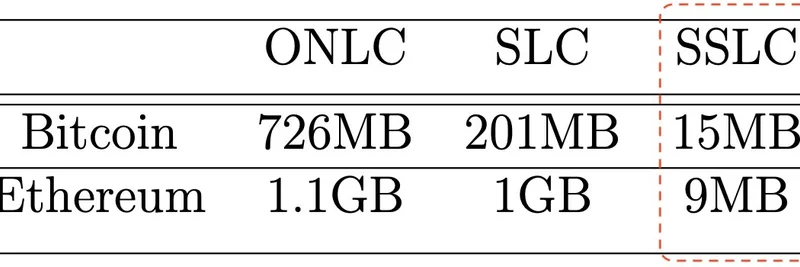If you've ever tried diving deep into blockchain data without running a full node, you know it's a hassle. Resource-heavy setups, trust issues with third-party servers—these are real barriers for everyday crypto users and developers. But a new research paper is shaking things up, introducing Stateless SuperLight Clients (SSLCs) that leverage SNARKs for efficient, verifiable queries. Shared in a recent thread by researcher Stefano De Angelis on X, this work could make advanced blockchain analysis as easy as checking your phone.
Breaking Down the Innovation: What Are SSLCs?
At its core, a blockchain light client is a slimmed-down way to interact with the network without downloading the entire ledger—which can be massive, think gigabytes for Ethereum. Traditional light clients still need to fetch a lot of data or trust servers blindly. SSLCs take it further: they're "stateless," meaning they don't keep any local data, and "superlight," focusing on minimal downloads.
The magic comes from SNARKs (Succinct Non-interactive ARguments of Knowledge), a type of zero-knowledge proof that lets you verify complex computations without seeing all the details. In this setup, untrusted servers handle the heavy lifting—running queries on blockchain data—and generate a SNARK proof to prove the results are accurate. As a client, you only grab a tiny fraction of the data (like block hashes) plus a constant-size proof around 200 KB. No more hauling in huge transaction sets or worrying about storage.
Why This Matters for Crypto Enthusiasts
Imagine querying Bitcoin for statistical analysis of on-chain traffic or checking vote averages in an Ethereum-based app. With SSLCs, verification happens in milliseconds using less than 2GB of memory, perfect for smartphones. The paper highlights massive bandwidth savings: up to 50x for Bitcoin and 100x for Ethereum compared to older methods like Original Nakamoto Light Clients (ONLC) or Sublinear Light Clients (SLC).
This isn't just theory—the team implemented it using recursive SNARKs with Plonky2, a proof system, and a map-reduce approach. That's like splitting the work across blocks (map phase) and combining results into one proof (reduce phase). For meme token fans, think about applying this to query holder distributions or transaction volumes in volatile meme coin ecosystems without trusting centralized APIs.
The Research Behind It
Co-authored by Stefano De Angelis, Ivan Visconti, Andrea Vitaletti, and Marco Zecchini, the paper dives into real-world use cases. For Bitcoin, it's about analyzing traffic patterns; for Ethereum, statistical insights from an on-chain voting smart contract. Experiments show proof generation is practical, though it takes some time on the server side—optimized for future scalability.
You can read the full paper here for the technical deep dive, including the abstract that emphasizes decentralized, reliable access even on constrained devices.
Looking Ahead: Implications for Meme Tokens and Beyond
In the world of meme tokens, where hype moves fast and data is king, tools like SSLCs could empower creators and traders to pull verifiable insights without hefty infrastructure. No more single points of failure from sketchy servers—everything's provably correct. As blockchain adoption grows, innovations like this bridge the gap between power users and casual participants, fostering a more inclusive crypto space.
If you're into crypto research or building on-chain apps, this is worth following. What do you think—could SSLCs change how we query meme token data? Drop your thoughts in the comments!


